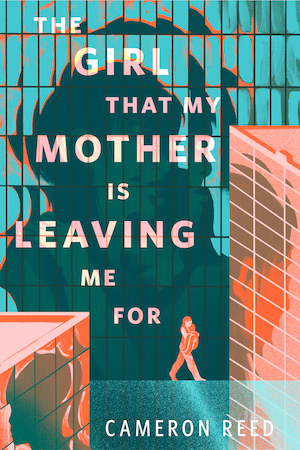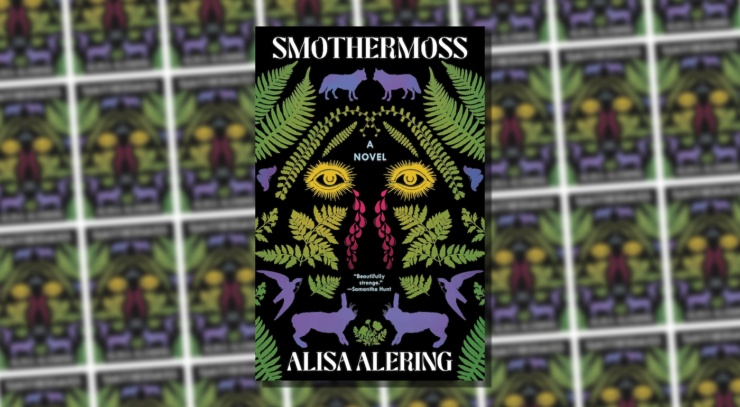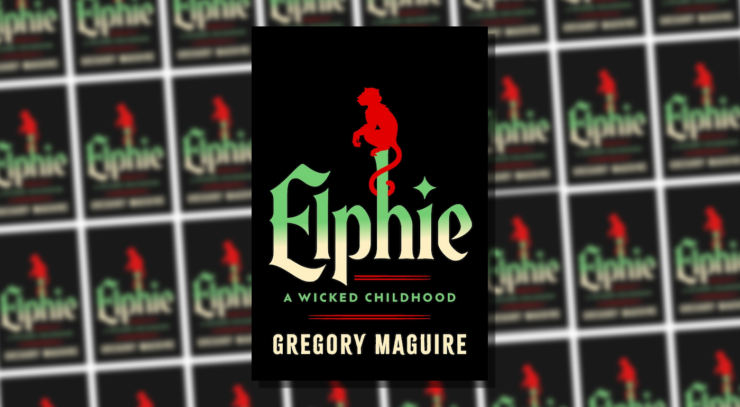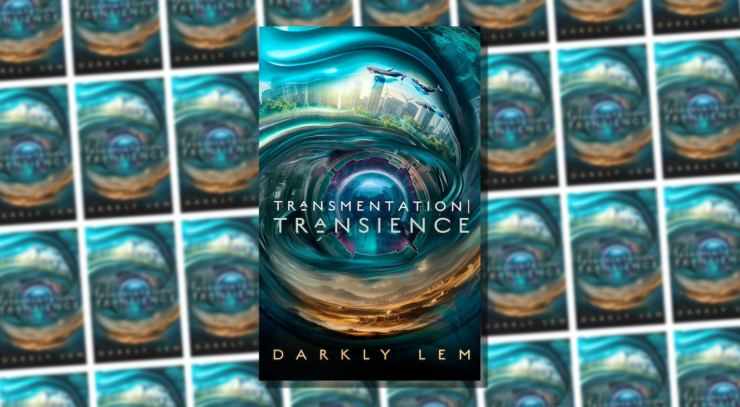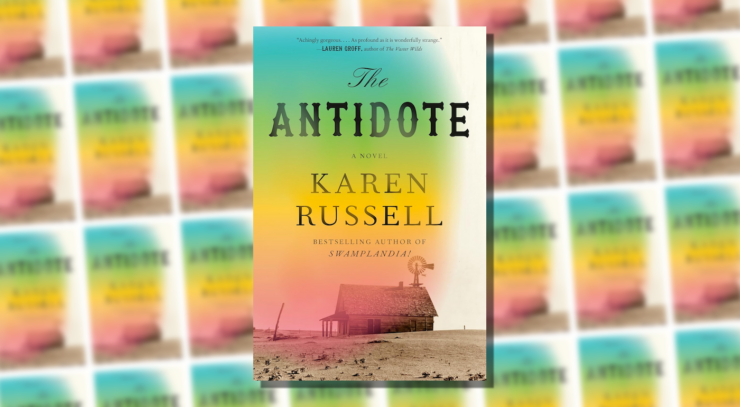The obvious thing to declare from the outset of this review is that the setting of Alisa Alering’s novel Smothermoss—rural America during the Reagan years—got me thinking about a whole class of books published around the same time that have fallen a little by the wayside in recent years. I could easily believe that Smothermoss is a cult classic that sat on mass-market shelves along with some of the books I’m about to invoke.
Those books include Rachel Pollack’s Unquenchable Fire; Patricia Geary’s Strange Toys; Karen Joy Fowler’s Sarah Canary, and Lucius Shepard’s Life During Wartime. These are not books that have a lot in common aesthetically, but I think it’s safe to say that before the genre “slipstream” started showing up in reviews of Kelly Link’s bibliography and before writers like Jonathan Lethem and Colson Whitehead began dismantling the boundaries of genre between “SFF” and “literary,” these books were taking a similar approach. (Weirdly, a lot of them were published by the Spectra Special Editions imprint.) These books have had radically different receptions in the decades that follow.
All of which is to say that these are cult novels in the best possible way. They’re idiosyncratic, they take the reader to wholly unexpected places, and they don’t give a damn about your genre boundaries. If you took the text of Smothermoss and inserted it into a Spectra Special Editions mass market paperback, it would fit on those shelves pretty neatly.
Now that I’ve gone and thrown a whole bunch of references to other books to you, let’s get into Smothermoss. The setting is Appalachia; two sisters—Angie and Sheila—live with their mother and an older woman, Thena, described by Alering as “some sort of relation.” Sheila is the older of the two, by five years; both sisters are still working to understand the world and their place in it. There’s also the matter of the relatively bleak setting surrounding them, including their mother’s work at a nearby asylum and the discovery of several murdered bodies in the wilderness nearby.
Buy the Book
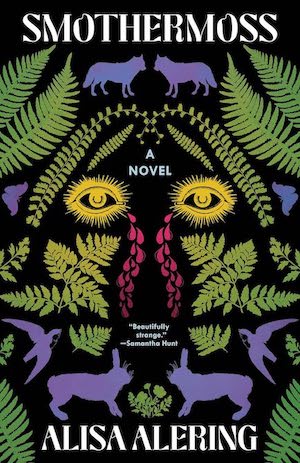

Smothermoss
There’s plenty of atmosphere here, but this isn’t simply a story in which Alering offers up a stylized and moody view of one particular corner of the world. As the reader progresses further into Smothermoss, they’ll begin to encounter notes that seem somewhere between surreal and discordant; evidence, perhaps, that this is not a work of literary realism. Perhaps the most telling example of this is Angie’s creation of a deck of cards featuring the images of different monsters on them. (Quoth Alering: “She knows the creatures are monsters because they have too many eyes.”) There’s something ritualistic about this, a combination of automatic writing and tarot reading that feels unique and syncretic. There are hints early on that in dealing these cards, Angie is tapping into something unearthly:
Angie deals the Dustman onto the quilt next to the bird thing with the black scribbles in its guts and twisted forks for legs. The Broken-Backed Turtle next to the Twins with Too Many Teeth. She says their names aloud when she lays them down. Saying the names is power, like knowing a secret.
Like the act of dealing these cards, Smothermoss is a book that follows its own curious logic. It’s not hard to imagine a version of this story told in realistic fashion: two working-class sisters coming of age and dealing with a growing sense of a hostile world around them. That version of this novel would likely have been eminently readable in its own right, but Alering is more concerned with getting into stranger places, and with tracking just where these characters are most vulnerable and most powerful.
The cards aren’t the only aspect of Smothermoss that ventures into the supernatural. There’s also a boy who Sheila periodically encounters who may or may not be a ghost, and who appears to both know things about the world around them and has insight into Sheila’s innermost thoughts. One sequence in which he offers his hand for her to touch—which she doesn’t, lest it prove to be entirely porous—feels charged with questions of knowledge and insight; this is still a coming-of-age novel, after all, albeit an increasingly surreal one.
About halfway through the novel, Alering presents a scene of Thena telling a story to the two sisters—one that, unlike most of the old woman’s narratives, they haven’t heard before. It’s about a mother and a grandmother and a girl who’s fallen under the thrall of a mountain. Angie sees a connection between this account and tales of demonic possession, but the story Thena is telling turns out to be far stranger—one that culminates in a mother stabbing her daughter in the throat, then pulling out a small stone covered in mucus and containing “an iron-red flaw, like a drop of blood under ice.” Thena’s narrative continues:
The two women had to work fast. The older one flayed the girl’s throat—she had to find the tail, the root that had tied the stone to the girl’s body. She had to remove every last tendril. She grabbed and pulled, and the fine white worms came wriggling out.
That moment where Thena’s story takes a sudden, shocking turn plays out like Smothermoss in microcosm: a gesture that could be taken as hate or as love, depending on the context. For her part, Sheila is unimpressed: “This is just another story, and it has nothing to do with her.” And yet, if there’s one lesson to be learned from Smothermoss, it’s that stories can have plenty to do with you, even if you’d prefer otherwise.
Smothermoss is a novel that fits best alongside books that don’t really fit anywhere else. It isn’t a novel that eludes genre boundaries as much as it simply dismisses them. By novel’s end, the two sisters at its core will understand themselves and one another, as well as the landscape that surrounds them. And somewhere, somehow, this novel finds its way to a hard-earned transcendence.
Smothermoss is published by Tin House.





